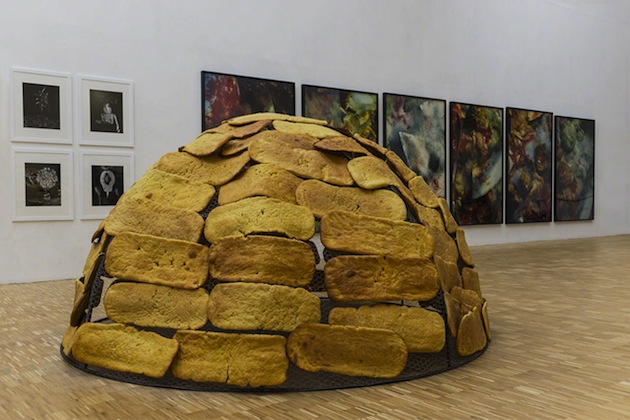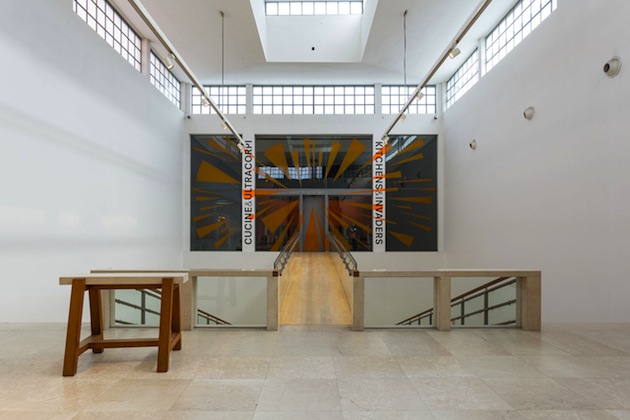
The relationship between design and food is long and elaborate one. The process of cooking itself has often been compared to designing, with a mix of ingredients and different processes serving as an apt metaphor for binging to life material objects of our everyday. The central place that both food and objects have in the everyday – the ‘normal’, ordinary evolution of time – sets them apart as perhaps the most adequate media for tracing the evolution of the perception of the everyday itself through history. The metamorphosis of modernity through the lens of cooking is the main proposal of the latest, eighth, instalment of Triennale Design Museum, curated by Silvana Annicchiarico together with Germano Celant, titled “Kitchens and Invaders”.
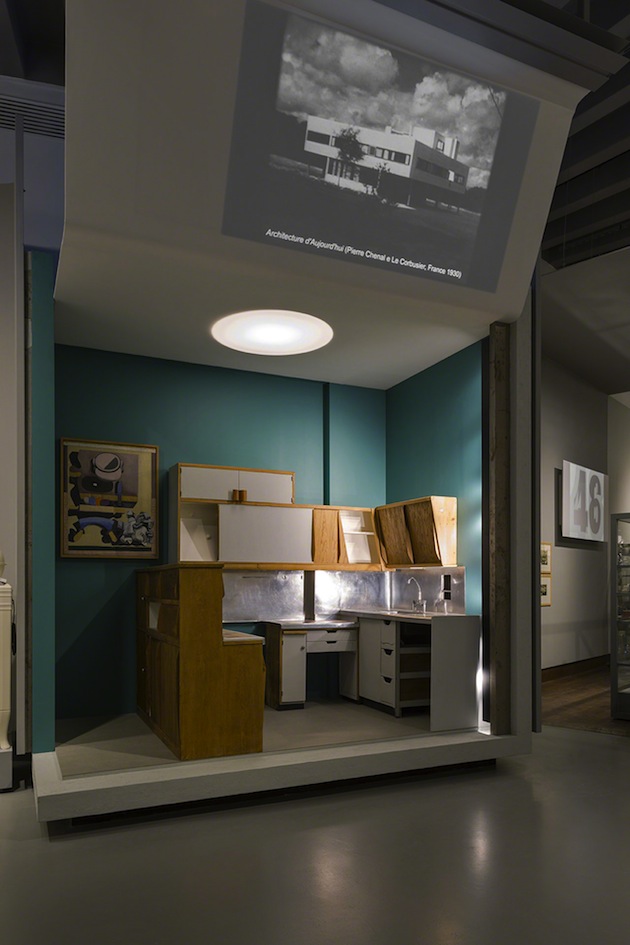
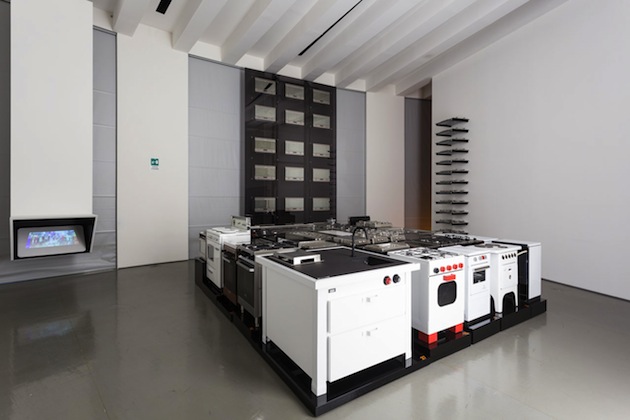
Seeking inspiration for its title in Jack Finney’s science fiction novel “The Body Snatchers” published in 1955, the exhibition does not comply to the everyday normality of cooking. Instead, it seeks to turn the ordinary upside-down, revealing the imaginary, the speculative and the fictional in apparently simple, unassuming acts of preparing food. The hidden layers of extraordinary in the everyday are revealed by focussing precisely on the relationship between food and design – between the precision of tools, machines and utensils, which collide with human bodies, actions and thoughts. The evolution of the machine, presented through Celant’s often ironic vision, propels the ordinary world of cooking into a strange constellation of mechanical tools that appear detached from how we usually perceive it. The kitchen, in Triennale’s vision, becomes a paradigm for the evolution of society.
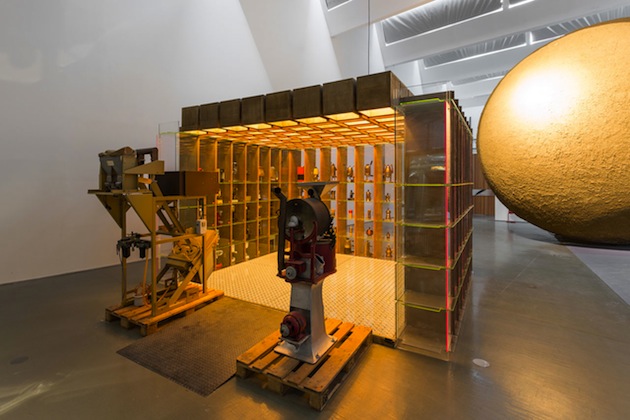
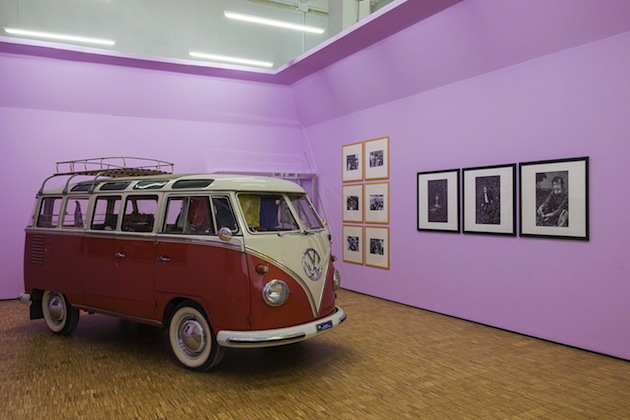
And yet, the precise shape this evolution takes in everyday life remains somewhat hidden. Have we really come to rely on such extensive mechanisation as “Kitchens and Invaders” would want us to believe? Is this “universe of body snatchers – from refrigerators to microwave ovens, coffee makers to toasters, waste disposal units and ductless hoods to kettles and blenders, deep fryers and ice-cream makers” the reality we live today? Perhaps a more nuanced vision is presented in the adjacent exhibition “Art and Food” which explores the intricate relationship between food and creative disciplines. Developed as the only Expo2015 pavilion in the center of Milan, it sets a historical view on the interaction between aesthetics and the act of dining, tracing how these rituals have changed through time – and, more importantly, how we changed with them.
